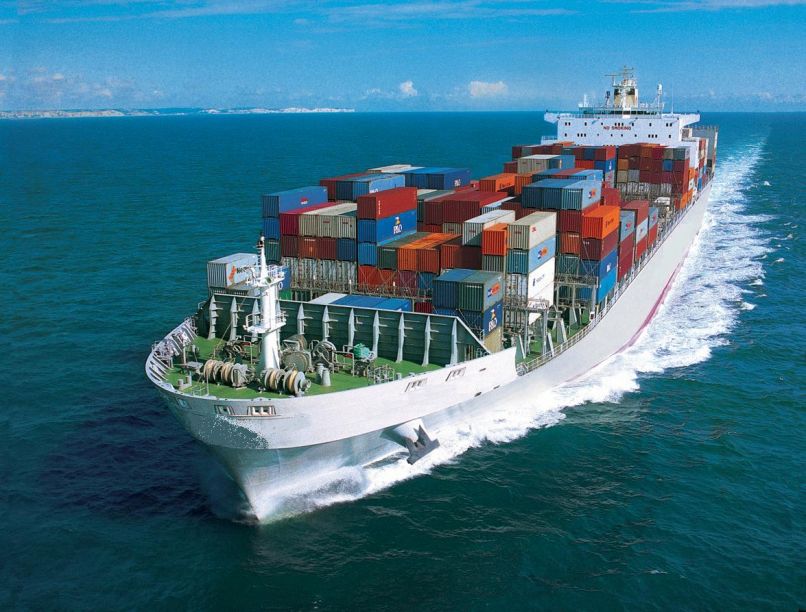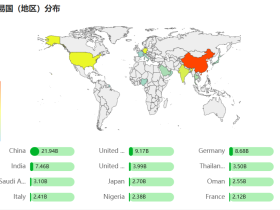
Senegal’s main exported goods
Senegal is a West African country known for its diverse economy, with exports forming a key part of its economic activities. The country’s main exported goods include agricultural products, mineral resources, and fisheries. Below is an overview of Senegal’s primary exports:
1. Phosphates and Derivatives
Senegal is a significant exporter of phosphates and related products, primarily used in fertilizers. The country is home to extensive phosphate reserves, with companies like Industries Chimiques du Sénégal (ICS) playing a leading role in production and export. Phosphates contribute significantly to the country’s export revenues and are shipped to global markets, especially Europe and Asia.
2. Fish and Seafood Products
The fishing industry is vital to Senegal’s economy, providing jobs and a steady stream of exports. Key products include tuna, shrimp, and other seafood, which are primarily sold to European markets like Spain, France, and Italy. The sector benefits from Senegal’s extensive Atlantic coastline and is a crucial source of foreign exchange.
3. Groundnuts (Peanuts) and Derivatives
Groundnuts are one of Senegal’s historical export staples. The country exports raw peanuts, peanut oil, and related products to various countries, including China and European nations. Groundnuts not only play a role in agriculture but also contribute to Senegal’s food-processing industry.
4. Gold
Gold has become an increasingly important export for Senegal, thanks to mining operations like the Sabodala Gold Mine. Senegal exports gold primarily to markets in Switzerland and other financial hubs. The mining sector is a growing contributor to the country’s GDP and export revenues.
5. Cotton
Senegal is a producer and exporter of cotton, although its volumes are relatively modest compared to leading African exporters. Cotton exports are aimed at international markets, particularly in Asia and Europe. The sector supports rural livelihoods and contributes to the country’s agricultural exports.
6. Cement
With an expanding domestic cement industry, Senegal has become an exporter of cement to neighboring countries such as Mali, Guinea, and The Gambia. Cement production and export are supported by local limestone reserves and increasing regional construction demand.
7. Oil and Gas Prospects
While not yet a dominant export, Senegal’s emerging oil and gas sector is poised to become significant in the coming years. Discoveries in offshore oil fields and gas reserves have set the stage for future exports, potentially transforming Senegal into a regional energy hub.
8. Horticultural Products
Senegal is also a growing exporter of fresh fruits and vegetables, including mangoes, melons, and cherry tomatoes. These are shipped to European markets, where demand for tropical and off-season produce remains high.
Conclusion
Senegal’s export economy is diverse, with key sectors including agriculture, mining, and fisheries. Phosphates, seafood, groundnuts, and gold dominate export revenues, while emerging industries like oil and horticulture add potential for future growth. By leveraging its natural resources and strategic location, Senegal continues to strengthen its position in global markets.



Leave a Reply